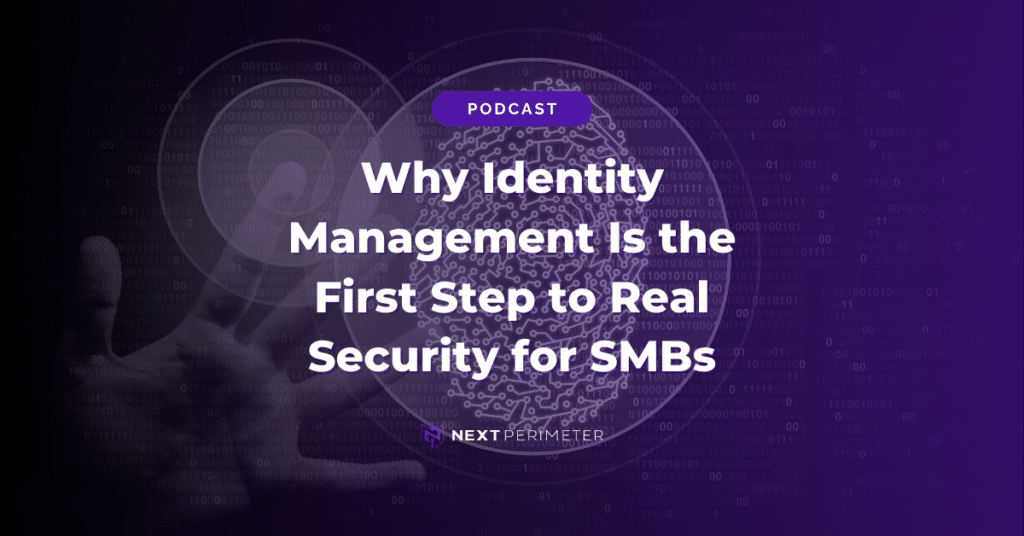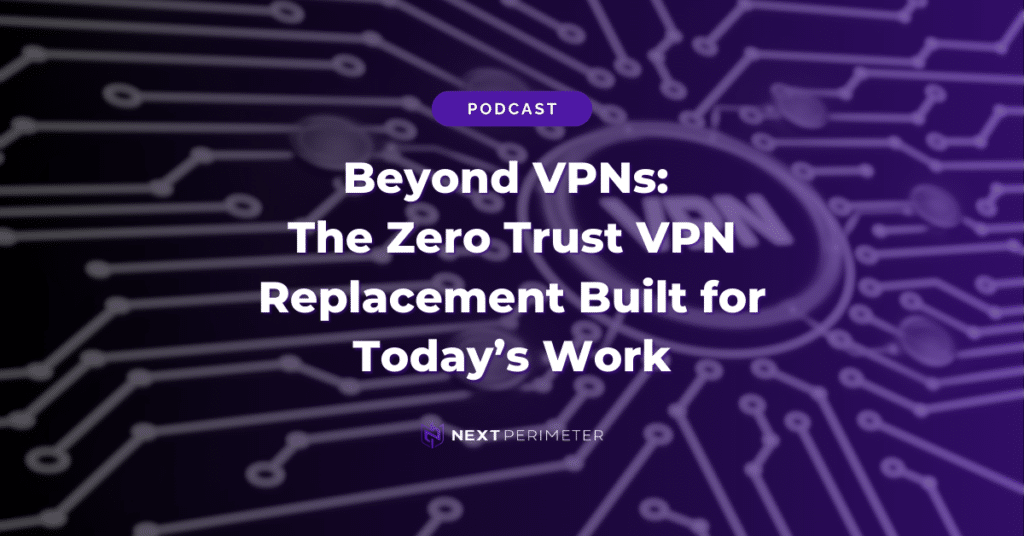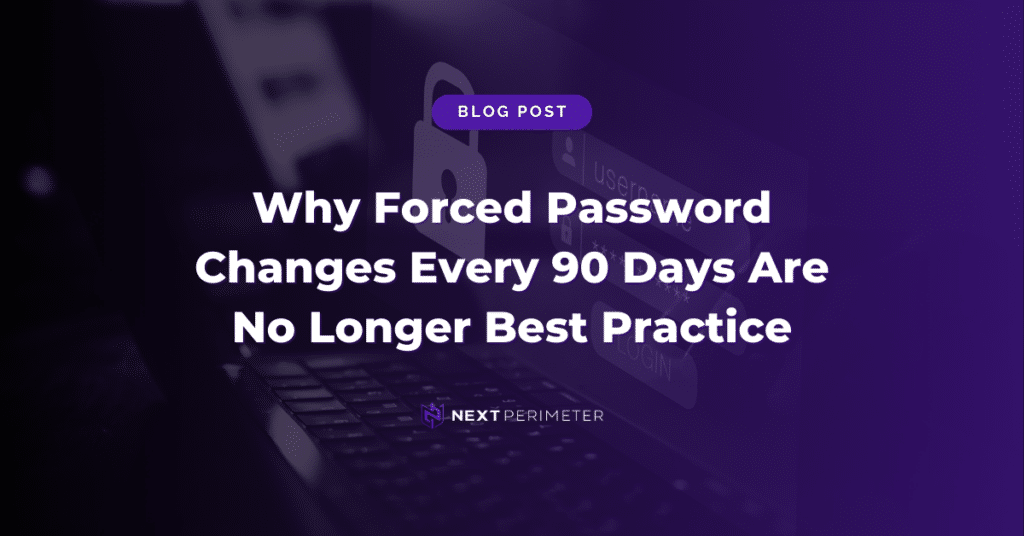Today’s cybersecurity threats don’t kick down the door. They log in.
Stolen credentials, over-permissioned accounts, and forgotten users are now some of the most common causes of data breaches. According to Verizon’s 2024 Data Breach Report, over 80% of breaches involved some form of identity compromise.
And yet, identity is often treated as a background task—something to be handled by IT when someone joins or leaves the company.
But in a world where people work from anywhere, business systems live in the cloud, and devices move freely, identity is no longer just a login.
It’s the first and most critical layer of your security strategy.
What Identity Management Really Means Today
At its core, identity management is the discipline of controlling who has access to what in your organization—and under what conditions. That sounds straightforward, but the real-world complexity adds up quickly.
Most companies today are juggling multiple SaaS platforms, compliance requirements, hybrid work policies, and evolving cybersecurity threats. Each employee might use a dozen different tools. Contractors and vendors need temporary access. Employees come and go, change roles, or work from multiple devices and locations.
Managing identity in this environment means more than just provisioning accounts. It means understanding the full lifecycle of access—from the day someone is onboarded to the moment their final login is revoked.
It’s no longer just about keeping things running. It’s about keeping things safe.

The Lifecycle of a User: Why It Matters at Every Stage
When someone joins your company, access needs to be fast and frictionless. They need the right tools, configured the right way, on day one. That’s onboarding.
But what happens next matters just as much.
Throughout their time at your company, their access might evolve. Maybe they switch departments. Maybe they work from a new location. Maybe they need temporary access to a sensitive system. Identity management needs to adapt in real-time—without slowing down productivity or creating unnecessary risk.
And when someone leaves the company—especially unexpectedly—their access needs to be removed everywhere, immediately. That includes cloud apps, local devices, backups, email, and more.
The speed and accuracy of this process is where security often breaks down. Forgotten accounts, lingering permissions, or shared credentials can turn into costly vulnerabilities.

The Hidden Costs of Getting Identity Wrong
The damage from weak identity practices often shows up long after the fact—and not just in security breaches. Let’s break down how these issues can quietly build up and impact multiple layers of your organization.
Lingering Access from Former Employees
When access isn’t properly controlled, former employees can retain access to sensitive data, putting customer and financial information at risk. These access points often fly under the radar until a breach or compliance failure occurs—by then, the damage is done. It’s not uncommon for organizations to discover lingering accounts months after offboarding.
Over- or Under-Permissioned Staff
Current employees can also become bottlenecks. When someone is over-permissioned, they represent a larger risk surface—especially if they fall for phishing attacks or their credentials are compromised. On the flip side, under-equipped employees can’t do their jobs effectively. This friction can lead to risky workarounds, such as sharing credentials or using unapproved devices and services.
IT Burnout and Inefficiencies
IT teams often find themselves overwhelmed with access requests, troubleshooting login issues, and unraveling messy permission structures. The manual work involved takes time away from high-value projects and leads to burnout. Instead of improving systems or supporting strategic initiatives, your team is stuck in reactive mode.
The Rise of Shadow IT
When onboarding is slow or confusing, employees may look for their own solutions. They start using unapproved apps, file-sharing platforms, or productivity tools simply because it’s faster. This shadow IT creates a major blind spot: your organization can’t secure, audit, or support tools it doesn’t even know exist.
Audit and Compliance Risks
Lack of centralized visibility into access history becomes a major pain point during audits. Teams may scramble to gather proof of controls, access logs, or policy documentation. This increases stress, delays certifications, undermines your credibility with partners, and could even lead to failed audits or fines.
Productivity Losses and User Frustration
Identity issues aren’t just a security problem—they affect your day-to-day operations. When users can’t access the systems they need, or when every login requires jumping through hoops, productivity slows. Over time, delays and friction build frustration, and confidence in your IT support erodes.
When you add it all up, identity management isn’t just a back-office process. Done poorly, it becomes a drag on your business. Done well, it can be a multiplier.
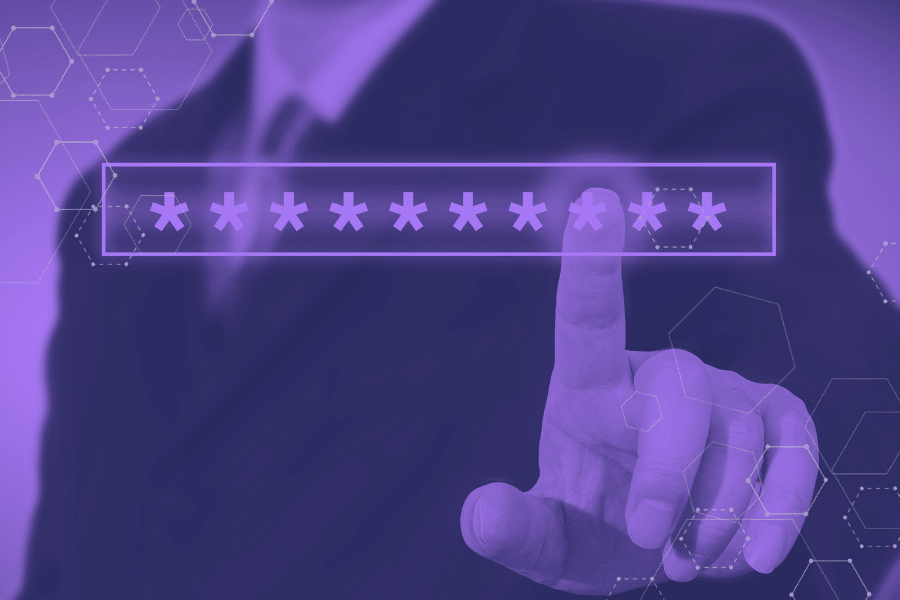
What Good Looks Like: Principles of Strong Identity Management
Strong identity management doesn’t mean locking everything down. It means giving the right people the right access—at the right time—with the right safeguards in place.
If you’re evaluating your current strategy, here are the core principles to aim for:
Centralized Control
A fragmented identity environment—where access is granted ad hoc across various systems—is a recipe for confusion. Centralized control brings everything under one roof, typically through a unified identity provider like Microsoft Entra or Google Workspace. With one place to create, modify, or disable accounts, you gain consistency, auditability, and a single source of truth.
Single Sign-On (SSO)
SSO simplifies the user experience while strengthening your security posture. Instead of remembering separate credentials for every app, users authenticate once through a secure portal. This reduces help desk requests, improves login hygiene, and provides visibility into app usage across the organization.
Multi-Factor Authentication (MFA)
Passwords alone are no longer enough. MFA ensures that even if a password is compromised, a second verification step (like a phone notification or biometric check) stands in the way. Modern MFA solutions can also be configured to avoid user fatigue—only prompting users when there’s elevated risk.
Conditional Access
Not all login attempts are created equal. A user signing in from their usual location on a company laptop poses less risk than one logging in at 2 a.m. from an unfamiliar device. Conditional access lets you define policies that adapt to context, automatically requiring stronger authentication or blocking access when something seems off.
Automated Offboarding
One of the most overlooked parts of identity management is removing access. If offboarding isn’t automatic, people retain access far longer than they should. With automated offboarding, accounts are deactivated the moment HR processes an exit, and connected apps, devices, and file systems are secured—all without manual cleanup.
Audit-Ready Visibility
Visibility isn’t just about catching threats—it’s about proving compliance. Good identity systems provide a clear, searchable log of who had access to what and when. Whether you’re preparing for a SOC 2 audit, responding to an incident, or completing a vendor security review, having that data at your fingertips builds confidence and saves time.
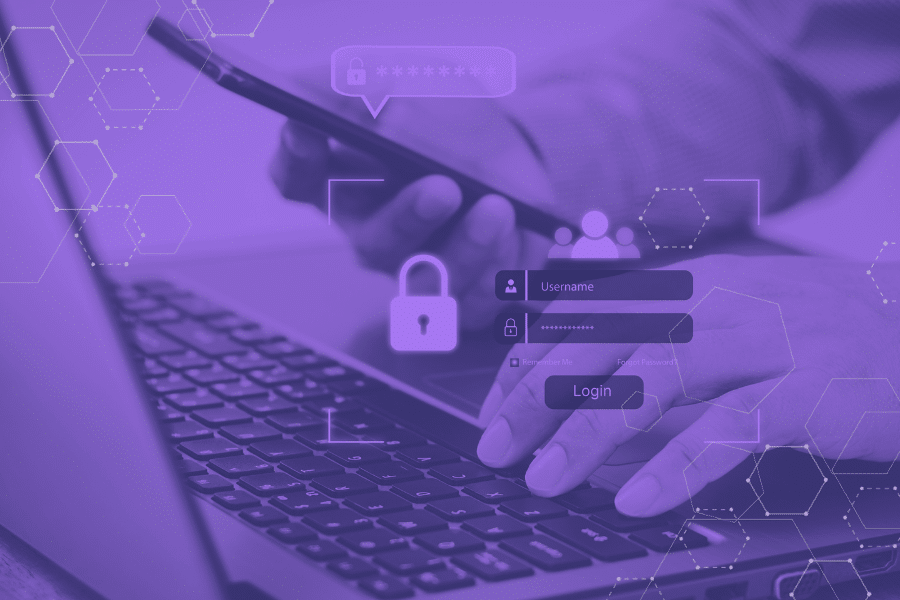
How to Take the First Step Toward Smarter Identity
If you’re realizing that your current approach might have gaps—you’re not alone.
Most companies already have access to powerful identity tools through platforms like Microsoft 365 or Google Workspace. But without intentional setup and continuous oversight, those tools are often underused or misconfigured.
The first step is to understand what your business actually needs:
- How many systems do your employees access?
- Are your onboarding and offboarding processes consistent?
- Do you have a way to flag unusual access or behavior?
Once you have answers to those questions, you can begin to build—or refine—a security-first identity strategy that actually supports your business goals.
Where Next Perimeter Comes In
At Next Perimeter, identity is at the heart of how we help businesses modernize their IT and security posture.
We work with your existing platforms to make identity management seamless—from automated provisioning to real-time threat detection. Whether you need help setting up MFA, improving offboarding, or building a centralized access strategy, our team is here to help you get it right with our identity management solution.
But more importantly, we help you turn identity from a vulnerability into a strength—so your team can stay secure, compliant, and productive without adding friction.

